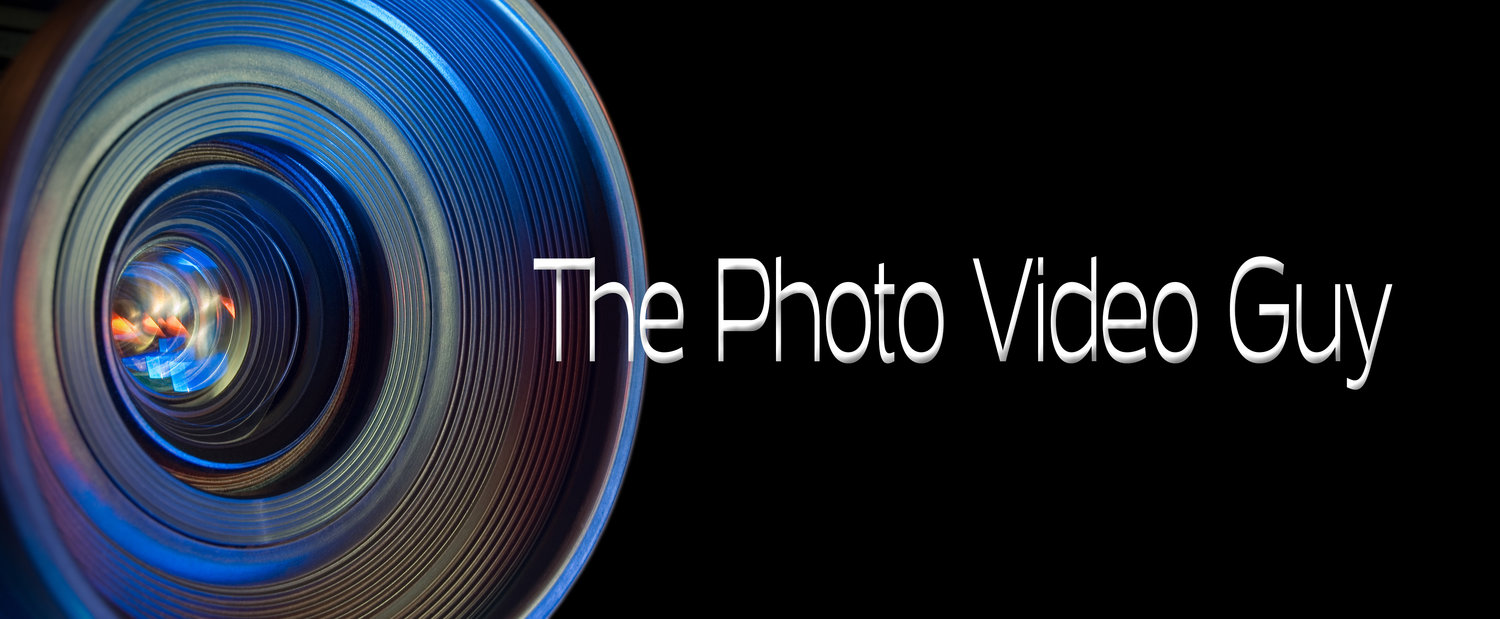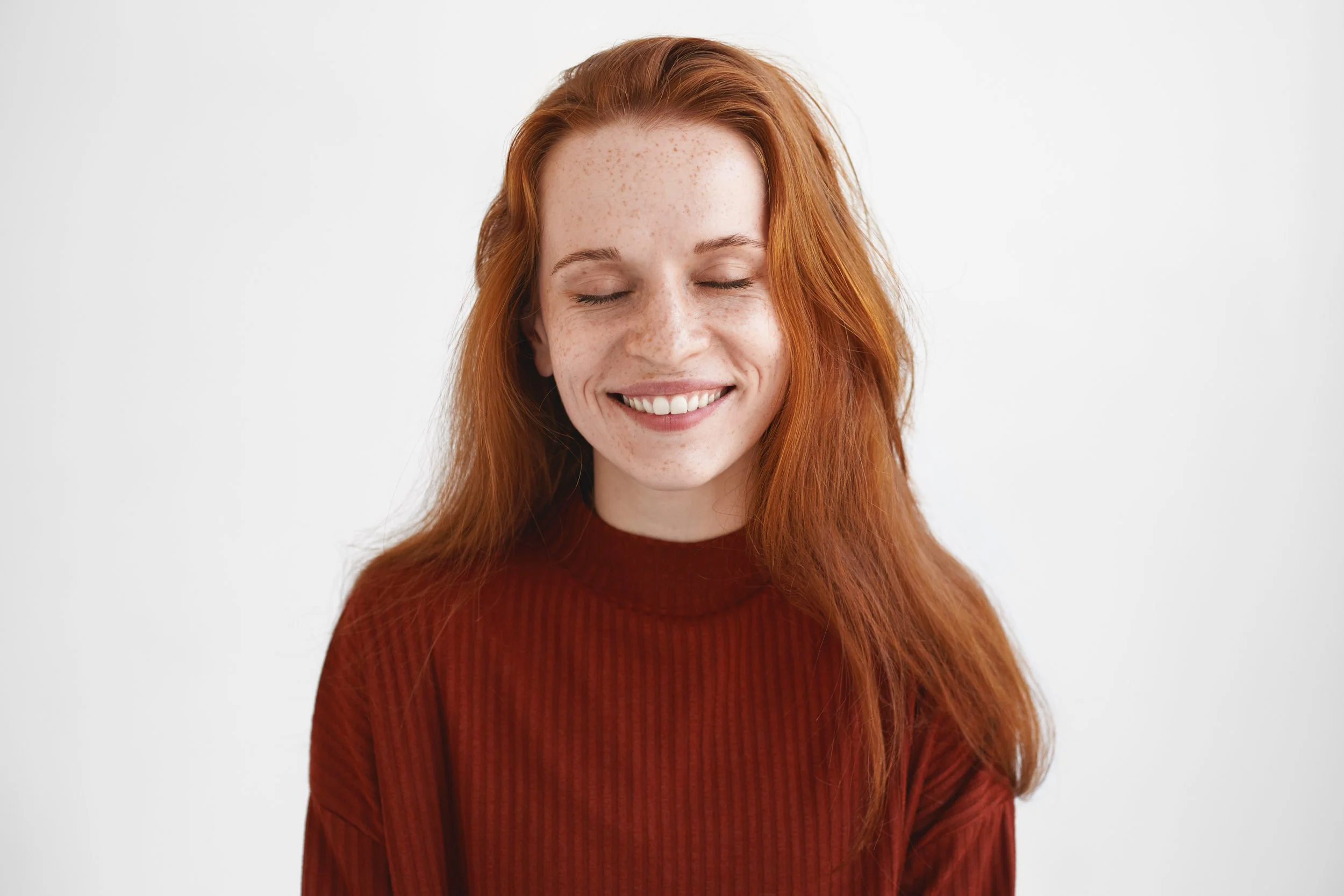Reflector Guides When You Provide the Source
/Hi folks. Many photographers are familiar with the idea of the reflector and some use them as a way to create fill without bringing another light source. However, the usage guidance changes when the primary source is man made instead of the sun.
We are all aware, or should be aware of the inverse square law for light. At a simplistic level, as the distance from the source to the subject doubles, the amount of light falling on the subject drops by four, or ¼ the light.
So if we have a man made light four feet away from the subject and it produces an exposure requiring an aperture of f/11, if the light moves to eight feet away, we need an aperture of f/5.6 to achieve a correct exposure.
However, the sun is so far away that a movement of the subject on planet earth is such a small change that while the inverse square law still applies, it has no appreciable impact.
This of course becomes an issue with a reflector.
Reflectors When The Sun is the Source
Most decent reflectors will absorb enough light to cost about 1 stop of exposure, whether white or silver. I don’t get into any other colour reflectors because the only other type I use is black and that is for a very specific purpose.
When in use a reflector becomes the source and when used in sunlight, even though the distance from the sun to the reflector and back to the subject is greater than the distance from the sun to the subject, moving the reflector closer or further away really only has impact on the pattern of light being reflected. Of course for the softest light, we want the secondary source (the reflector) to be as close to the subject and as large as possible.
Reflectors When a Flash or Continuous Light is the Source
In this configuration, the inverse square law has a massive effect. Let’s consider the example where I have a flash firing into a silver umbrella whose shaped light now hits the subject with the bowl of the umbrella four feet away from the subject. We meter the light and find that it requires an aperture of f/8 for an acceptable exposure. Let’s say that we are using a 4 foot umbrella because that is what we have and the largest that will fit in our space. Thus a reasonably sized source for an upper body photograph in the case of an adult human.
But we decide that we want some fill into the shadows but do not want to add another flash, so instead we choose a reflector. Let’s use a silver reflector in our example. Reflectors tend to be placed for greatest effectiveness in the throw of the primary source, so they reflect light back towards the source in some way and also strike the subject.
Our source is four feet away, and we position our reflector two feet away from the subject opposite the source. Now the distance the light must travel from the source to the reflector and back to the subject is eight feet, or double the distance from the primary to the subject. By quick review of the inverse square law, we would then conclude that with no loss in the reflector, the aperture for a proper exposure from the reflector would be f/4.
In this perfect scenario, that would give us a 4:1 lighting ratio, where the primary is delivering 4 times as much light as the reflector, or from the other side, the reflector is delivering ¼ the light of the primary. Sounds lovely.
Except it’s wrong. We already know that the reflector is going to consume one stop of light, meaning that the exposure value of the reflected light alone would require an f/stop of f/2.8 or what becomes an 8:1 lighting ratio. Not quite what we desired. So to achieve that 4:1 lighting ratio, we need to half the distance between the reflector and the subject to achieve the 4:1 ratio? Why? Because we lost one stop of light in the reflector and need to make it up.
I left out the complex math to figure this out, and a serious lighting person would probably argue that the move of the reflector is an estimated correction because of how inverse square math. That person would be factually accurate, but we are talking about creative lighting and can choose to provide ourselves some fudge room.
Wrapping Up
How can I say this? Because I’ve done it. In the real world, hundreds of times. And it has always given me an excellent starting point. Do I then need to reposition the reflector to hit where I want, to compensate for colour, level of reflectance or to combat reflections that I don’t like? Absolutely. Not for every shot every time, but often enough to know that this is a guide, not a rule.
I hope that this article helps you in managing your one light, one reflector image creations.
Please become a member on Patreon to help support this channel. A big thanks to all the existing Patreon members! Send in comments or questions, I read and respond to all. If you shop with B&H Photo Video, please use the link on the main page as it pays me a small commission and does not cost you anything to do so. Thanks again and we will see each other again soon.
NO AI CRAPOLA WAS USED IN THE PRODUCTION OF THIS ARTICLE. THE IMAGE IS LICENSED FROM A HUMAN PHOTOGRAPHER









